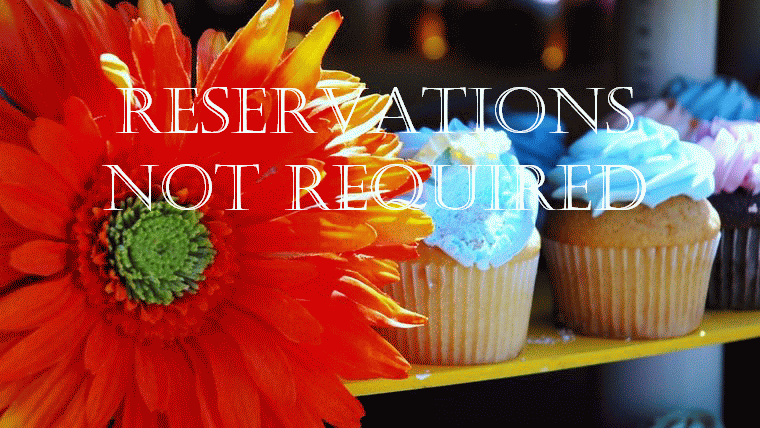
Yesterday afternoon I had the urge to bake a coffee cake. I wanted to have something to serve for breakfast the next morning. I quickly remembered one of the newest editions to my cookbook collection, Great Coffee Cakes, Sticky Buns, Muffins and More by Carole Walters. I started perusing the book and hit upon the Caramel Glazed Blackberry Jam Cake. This recipe was meant to be, because I happened to have all the ingredients on hand. The method for making the cake takes a bit of time as there are multiple steps. When finished the batter is a brilliant purple. I was hoping for a pretty lavender cake, it however does not end up being purple after baking! The Caramel Glaze was a bit problematic. My first batch seized. I made a second batch and it still had some problems but I managed to salvage it. I understand that caramel making is a very delicate task. All said, the cake turned out beautifully. It was a moist and delicious spice cake and the caramel glaze added a nice finish. A great cake to serve for a morning brunch or an afternoon tea. I can't wait to try more recipes from this book.
Caramel-Glazed Blackberry Jam Cake
Recipe as Adapted from Great Coffee Cakes, Sticky Buns, Muffins and More
2 1/2 cups sifted all purpose flour, spooned in and leveled
1 teaspoon ground cinnamon
1/2 teaspoon ground nutmeg
1/2 teaspoon ground allspice
1/2 teaspoon salt
1/4 teaspoon ground cloves
3/4 cup buttermilk
3/4 teaspoon baking soda
1 cup (2 sticks) unsalted butter, slightly firm
1 cup superfine sugar
1/2 cup (lightly packed) very fresh brown sugar
3 large eggs
3/4 cup seedless blackberry preserves or jam
1 cup coarsely chopped toasted pecans (omitted)
Caramel Glaze
1/4 cup superfine sugar
1/4 teaspoon fresh lemon juice
1/4 cup heavy cream
1 cup strained powdered sugar, spooned in and leveled
1/2 tsp pure vanilla extract
1. Position the rack in the lower third of the oven. Heat the oven to 350. Generously butter a 9-inch Bundt pan, dust with flour, then invert it over the kitchen sink to remove the excess flour. Set aside. (I used Pam with Flour).
2. In a large bowl, thoroughly whisk together the flour, cinnamon, nutmeg, allspice, salt and cloves. Set aside.
3. Combine the buttermilk and baking soda and let stand 7-8 minutes.
4. Cut the butter into 1-inch pieces and place in the bowl of an electric mixer fitted with the paddle attachment. Mix on medium speed for 2 minutes, until smooth and lightened in color, about 2 minutes. Add the superfine sugar, 1 to 2 tablespoons at a time, taking 3-4 minutes, then add the brown sugar, taking 2-3 minutes. Scrape down the side of the bowl.
5. Add the eggs, one at a time, beating for 1 minute after each addition, then blend in the preserves and the vanilla. (The mixture will appear curdled, but will come together when the flour is added.)
6. Reduce the mixer speed to low and add the flour mixture alternately with the buttermilk mixture, dividing the flour into three parts and the buttermilk into two parts, beginning and ending with the flour. Mix just until blended after each addition. Scrape down the side of the bowl as needed. Remove the bowl from the machine and gently fold in 1 cup of the pecans using an oversize rubber spatula.
7. Spoon the batter into the prepared pan, smooth the top with the back of a large soup spoon and bake for 1 hour and 15-20 minutes. The cake is done when the top is firm to the touch, the side begins to release and a wooden skewer inserted in the center comes out clean. Remove from the oven and place on a cooling rack for about 20 minutes.
8. While the cake is standing, prepare the glaze. When ready to glaze the cake, invert it onto the rack, gently lift off the pan, and place the rack on a rimmed cookie sheet.
9. Immediately pour the glaze over the warm cake, then sprinkle the remaining 2 tablespoons chopped pecans over the top. Work quickly; the glaze begins to harden as soon as it is poured onto the cake.
Carmel Glaze
1. Have ready a pastry brush and glass of cold water. Combine the superfine sugar and lemon juice in an 8-inch skillet set over low heat. (Wet the brush and gently brush the side of the pan occasionally so as to remove any stray sugar crystals).
2. Continue to cook the sugar on low heat until it is melted and turns a caramel color. AS the edges begin to deepen in color, do not stir the syrup. Instead carefully tilt the skillet and swirl the syrup around the pan until it is evenly browned. Remove from the heat and add the cream, stirring constantly until the mixture is smooth. (Caution: the mixture will bubble up at first. Do not touch! It is dangerously hot.) Blend in the powdered sugar, then the vanilla. Keep warm until ready to use in a skillet filled with 1 inch of hot water.





No comments:
Post a Comment